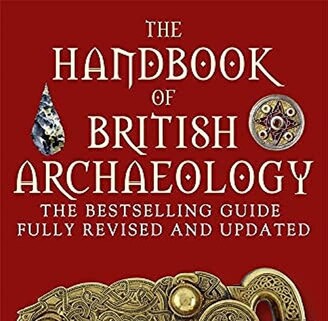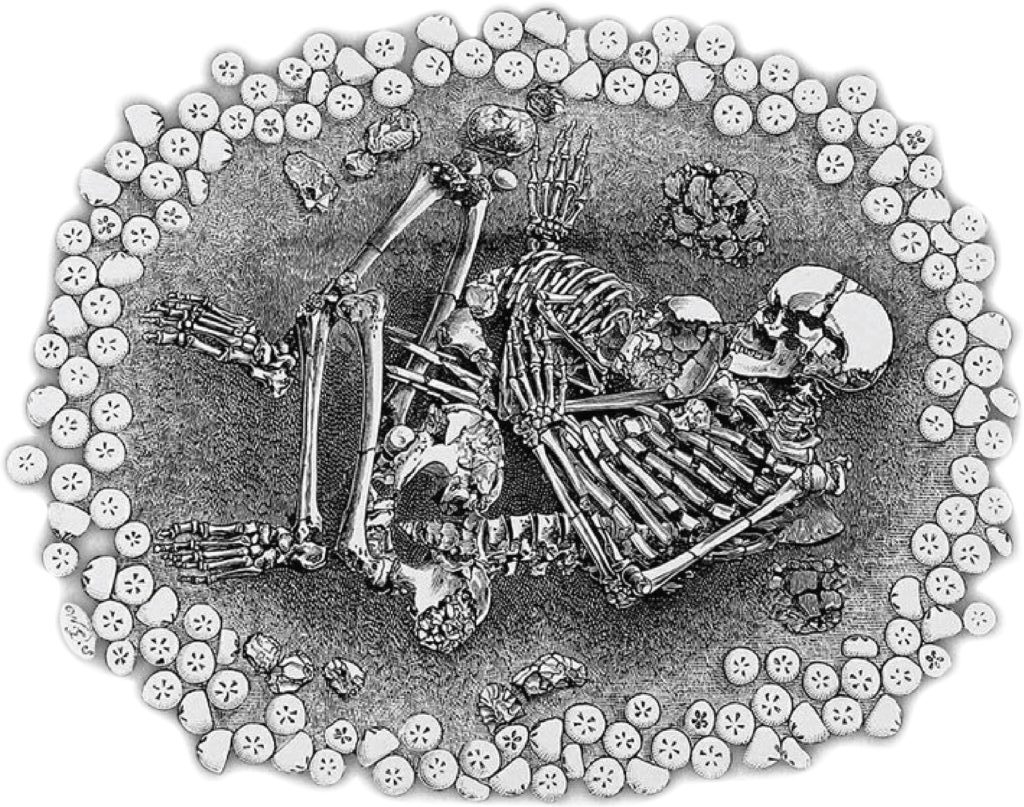A new study of early Bronze Age examples from Luxembourg and Britain, led by researchers from the universities of Mainz and Ferrara, finds indications of a patrilineal descent system for western Eurasian Bell Beaker communities. / Family relationships that link Britain to Luxembourg.
Poignant prehistoric burials containing the remains of an adult and child laid in the grave as though embracing in death have long fascinated archaeologists. A new study of early Bronze Age examples from Luxembourg and Britain provides insights into family relationships in prehistoric communities and the transition from collective to individual burial in 3rd millennium BC Western Eurasia. The results provide the first genetic evidence that Bell Beaker communities in Northwest Europe buried children with their biological mothers and other close biological relatives.
...
The cause of death and reasons for joint burial are still unknown. No marks of violence were found on the skeletons. Further research for the project uncovered over a hundred joint burials of adults and children similar to the ones described here across Eurasia, dating from the 3rd and 2nd millennium BC. The researchers could propose many explanations for joint burial and simultaneous death, perhaps violence, infections, or pandemics, but the astonishing similarities between the burials from Luxembourg and Britain suggest that communities, indeed perhaps families, in Bell Beaker Europe mourned their dead according to widely held and closely followed formal rituals. “The body of a woman, lying as though sleeping, clasping a child in her arms, is poignant and emotive. Although that peaceful image may be deceptive, it still reflects a lost meaning retained across thousands of miles and amongst many diverse cultures,” emphasized Dr. Maxime Brami.


